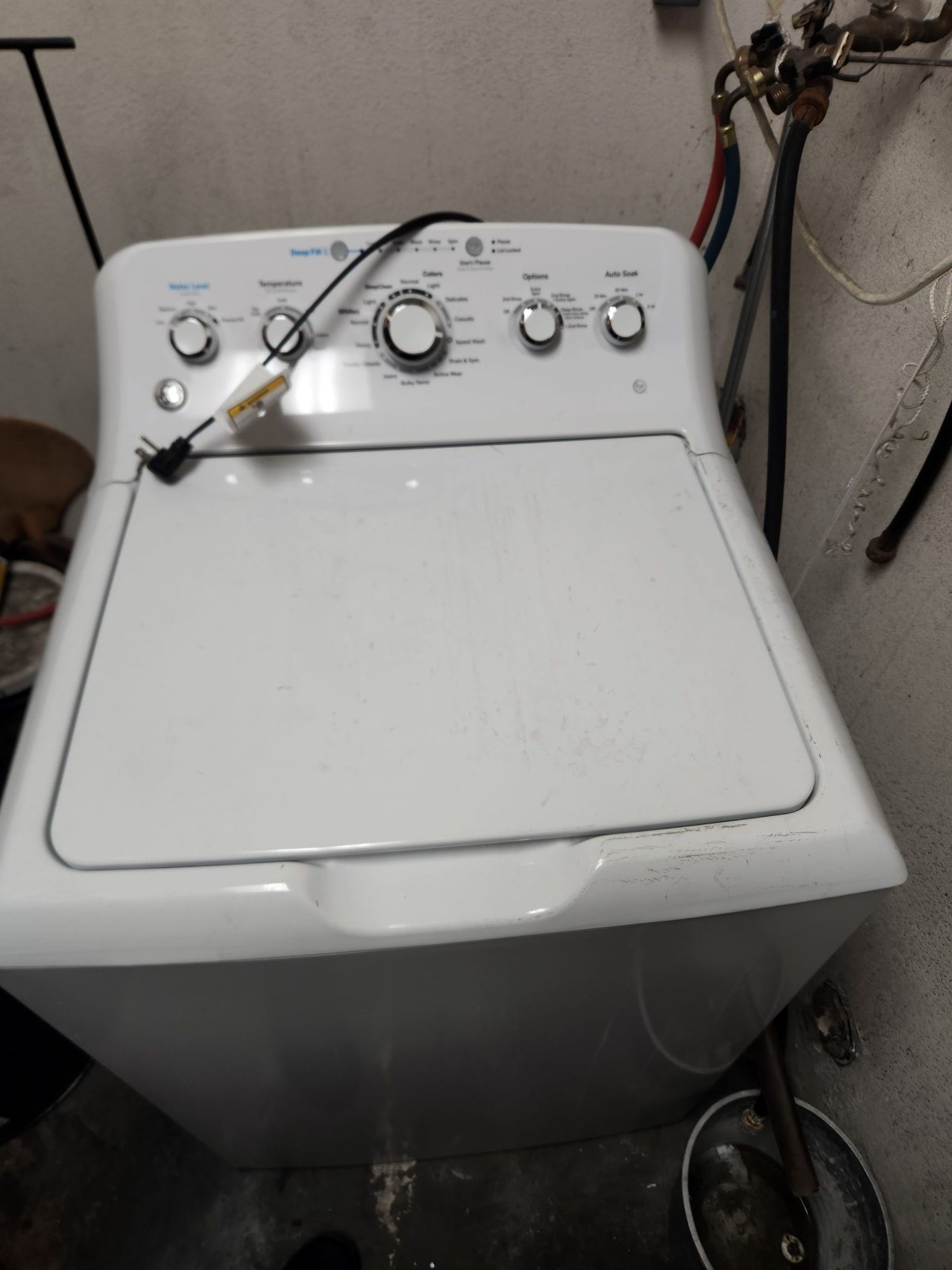
Washing machines are designed to make our lives easier by taking the hassle out of laundry. Modern washers are engineered to operate efficiently and quietly. So when your washing machine starts making strange noises—clanking, grinding, or squealing—it’s not just annoying, it’s a warning sign. Unusual noises during the wash cycle are often symptoms of underlying problems, most commonly foreign objects in the drum or worn bearings. Ignoring these sounds can lead to more extensive damage and costly repairs.
Common Noises and Their Causes
Understanding the type of sound your washer is making can help pinpoint the issue.- Clanking or Banging This typically occurs when small objects—like coins, keys, or bra wires—get caught in the drum or between the drum and the tub. If the noise is more metallic and repetitive, these items could be tumbling inside the drum or hitting the walls of the inner tub during the spin cycle.
- Grinding or Rumbling These sounds usually point to more serious mechanical issues. A grinding noise often indicates worn drum bearings. Bearings are crucial components that allow the drum to rotate smoothly. Over time, they can degrade due to moisture, detergent residue, or simply wear and tear. If left unaddressed, damaged bearings can cause the drum to become unstable, leading to excessive vibration and even potential failure of the machine.
- Squealing or Whining A high-pitched squeal might be due to a worn-out or loose drive belt, but it can also accompany failing bearings. It’s a sign the washer is struggling to rotate the drum properly.
Foreign Objects in the Drum
One of the most common causes of noise in a washing machine is foreign objects trapped in the drum. Coins, buttons, screws, small toys, or even pieces of fabric can get stuck inside the drum holes or between the inner and outer tubs. These items can cause rattling or banging noises and might even scratch or damage the drum walls. Prevention Tips:- Check all pockets before loading clothes into the washer.
- Use laundry bags for small or delicate items like lingerie, baby socks, or belts.
- Regularly inspect the drum for signs of trapped objects or debris.
Worn Drum Bearings
If the noise is more mechanical and increases in intensity during the spin cycle, worn drum bearings could be to blame. These bearings support the drum and help it rotate smoothly. When they degrade, the drum becomes misaligned and noisy. Signs of Bearing Failure:- Loud rumbling or grinding sound during spin.
- Visible wobble or play in the drum when manually rotated.
- Leaking water from the rear or bottom of the machine (from a worn bearing seal).
- Overloading the machine regularly.
- Water leaks that seep into the bearing housing.
- Using too much detergent, which can create residue and excess moisture.
Act Before It’s Too Late
While a noisy washer may still function for a while, continued use can result in:- Damage to other components like the motor or drum support.
- Excessive vibration that wears out internal parts or causes water leaks.
- Total failure of the machine, requiring full replacement.
When to Call a Professional
If you’ve checked for foreign objects and the noise persists—or if you suspect bearing failure—it’s time to contact a qualified technician. Delaying service can turn a minor issue into a major repair. An experienced professional can:- Accurately diagnose the problem.
- Safely remove any trapped objects.
- Replace worn bearings and ensure proper drum alignment.